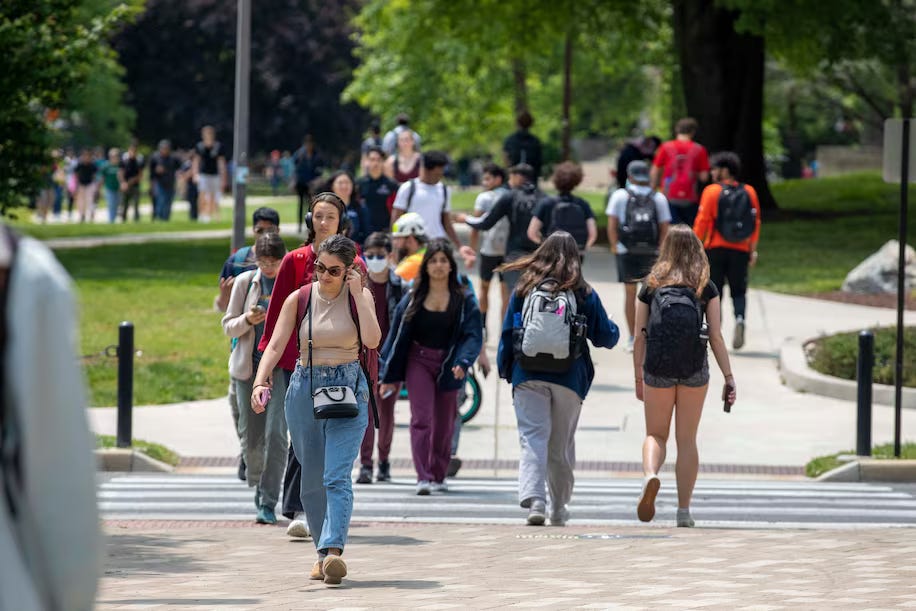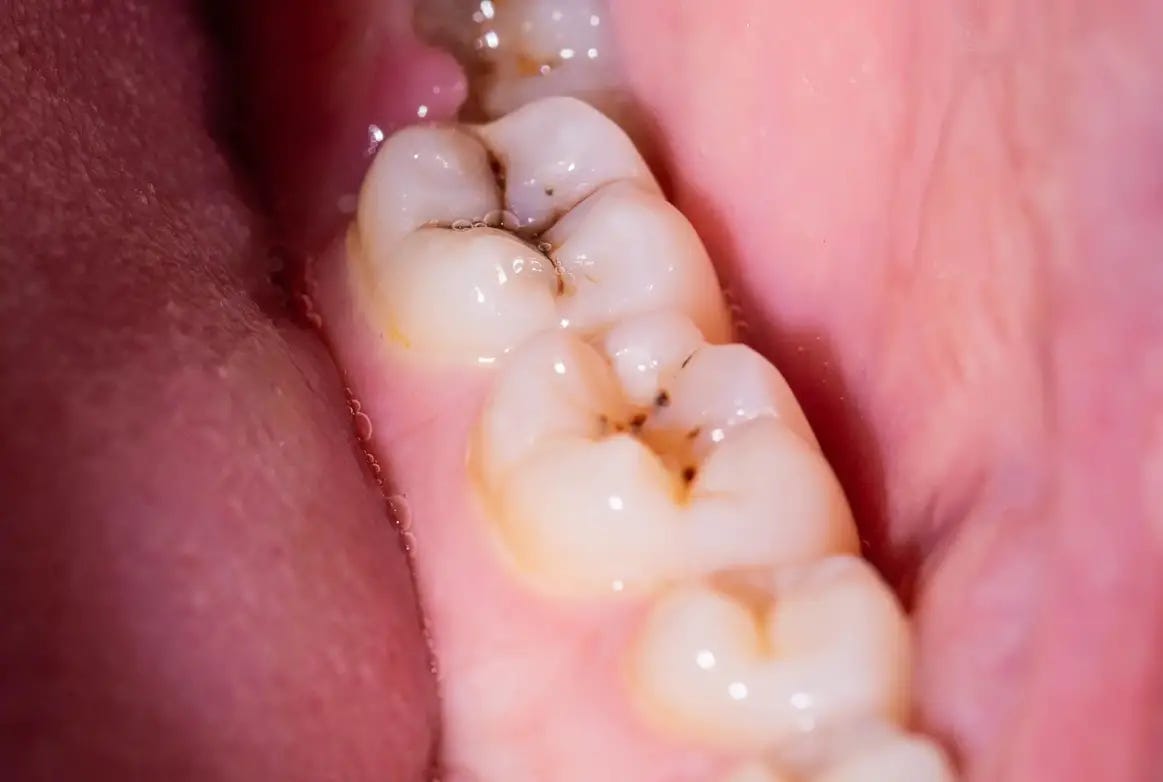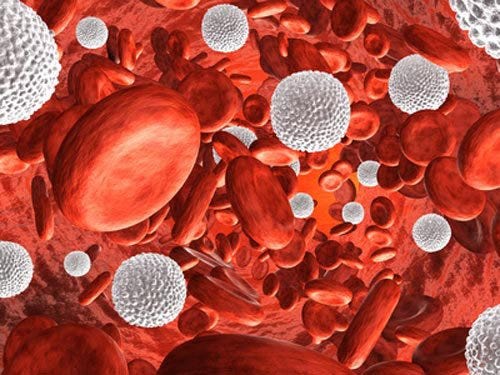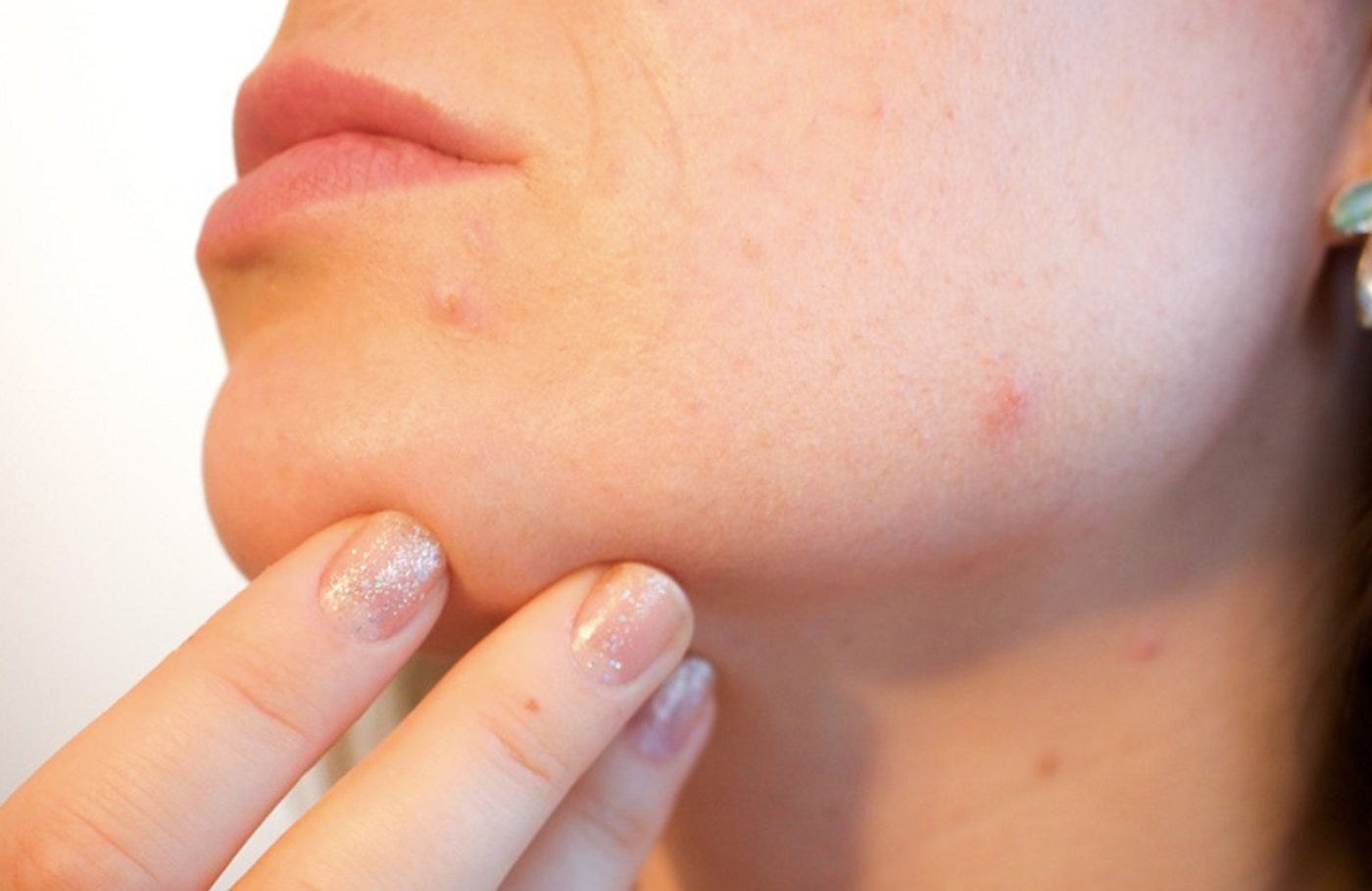Sci-Ed Update 293
New COVID vaccine approved, new astrocyte type, things AI cannot do, new thymus cell, COVID on campus, acne microbe's good side, anti-cavity chemical
New COVID vaccines get FDA approval

The Food and Drug Administration approved a new round of vaccines against COVID-19.
The vaccines from Moderna and Pfizer and its partner BioNTech were approved Monday for people 12 and older and under an emergency use authorization for children ages 6 months to 11 years old.
"Vaccination remains critical to public health and continued protection against serious consequences of COVID-19, including hospitalization and death," said Peter Marks, M.D., Ph.D., director of the FDA's Center for Biologics Evaluation and Research. "The public can be assured that these updated vaccines have met the agency's rigorous scientific standards for safety, effectiveness, and manufacturing quality. We very much encourage those who are eligible to consider getting vaccinated."
The vaccines target the omicron subvariant called XBB.1.5, which is no longer the most common strain in circulation. The vaccine makers and FDA say that the vaccine should still provide good protection against COVID. Recent studies support that.
Read more→ AandP.info/ati
Newly Discovered discovered Cell Type Has Extensive Abilities
New evidence of a hitherto undiscovered type of brain cell forces a reappraisal of our prior knowledge of the brain. The remarkable characteristics of this long-hypothesized cell type are detailed in a recent Nature paper.
The vast majority of cells in the human brain are astrocytes, not neurons. They support the activity of neurons by creating a safe and ordered environment around the sites of neuron-neuron communication, the synapse.
By decoding the genetic expression and recording the visual activity of astrocytes, a research team out of the University of Lausanne, Switzerland, identified a unique group of cells that displayed a remarkable dual identity. These cells express genes associated with astrocytes and genes responsible for facilitating the release of glutamate, an action thought to only be performed by neurons.
Read more→ AandP.info/lsd
6 Things Teachers Do That AI Just Can’t
Tools powered by artificial intelligence have the potential to increase people’s productivity and make many tasks easier to do. In the K-12 world, educators are already using AI tools to plan lessons, create rubrics, provide feedback on student assignments, and respond to parent emails.
When asked what role AI-powered tools should play in teaching and learning, more than a quarter of educators (27 percent) said “creation of instructional materials,” 24 percent said “lesson planning for teachers,” 23 percent said “creation of assignments for students,” 12 percent said “grading students,” and 7 percent said “completing student paperwork,” according to an EdWeek Research Center survey of 1,301 district leaders, principals, and teachers conducted this summer.
Of course, there are downsides to this technology. For instance, AI tools can produce inaccurate or biased responses based on faulty data it draws from, and it has the potential to expose private and sensitive data. Many executives, researchers, and engineers have also raised red flags about AI’s potential to eliminate many jobs.
But teachers’ jobs are safe, experts say. While there are a handful of teacher tasks that generative AI tools can replicate, teachers also have so many other strengths and responsibilities that would be very unlikely to be replaced by those tools. In fact, even though AI “as a replacement for teachers” was one of the options in the EdWeek Research Center survey, no educator selected it as an answer.
Here are some teacher tasks that are unlikely to be taken over by AI tools, according to interviews and email responses from educators, AI researchers, and tech company CEOs: …[click the link below to see the list]
Read more→ AandP.info/j4w
Teachers vs. Robots | AI in Teaching
Artificial intelligence (AI) is seen by some as the emerging technology to replace teachers. Really? How should we respond?
This is a segment from July 2019’s Episode 47 of The A&P Professor podcast, reprised here because, well, here we are even deeper into the age of artificial intelligence!
To listen to this episode, click on the player (if present) or this link→ theAPprofessor.org/podcast-episode-47.html
New Cell Type in Thymus Uncovered
Researchers from UC Riverside School of Medicine collaborated with researchers at the Weizmann Institute of Science in Israel and uncovered a new type of cell in the thymus which is responsible for the production and maturation of immune cells.
The findings are published in Nature in an article titled, “Thymic mimetic cells function beyond self-tolerance.”
“Development of immunocompetent T cells in the thymus is required for effective defense against all types of pathogens, including viruses, bacteria, and fungi,” wrote the researchers. “To this end, T cells undergo a very strict educational program in the thymus, during which both non-functional and self-reactive T cell clones are eliminated by means of positive and negative selection. Thymic epithelial cells (TECs) have an indispensable role in these processes, and previous studies have shown the notable heterogeneity of these cells. Here, using multi-omic analysis, we provide further insights into the functional and developmental diversity of TECs in mice, and reveal a detailed atlas of the TEC compartment according to cell transcriptional states and chromatin landscapes.”
Professor David Lo, MD, PhD, and his graduate student Diana Del Castillo were consulted by researchers in Israel for their expertise on specialized cells called Microfold cells, or M cells, which are mostly known for their presence in the intestinal epithelium. The Israeli group had identified similar cells in the thymus.
Lo and Del Castillo, who are co-authors of the research paper published in Nature, confirmed the newly discovered cells in the thymus are just like M cells. Acting like gatekeepers, M cells are specialized antigen-delivery cells for the immune system in organs like the intestine and lung.
Read more→ AandP.info/en1
Covid worries linger on college campuses as fall semester begins

Much has changed since the coronavirus pandemic menaced the world and shuttered campuses in early 2020. The pandemic disrupted the next two school years and even posed some challenges during the most recent one. But authorities declared the public health emergency over last spring. Viral testing mandates are a thing of the past. Few in higher education envision another sudden pivot to mask mandates or all-remote classes.
Yet the Centers for Disease Control and Prevention reports that covid-related hospitalizations and deaths nationwide were trending upward in late August. And evidence of campus infections is emerging.
Read more→ AandP.info/9vl
Acne-Causing Skin Microbes are Also Beneficial
Our skin forms a crucial barrier that protects our bodies from the environment. It helps us maintain our body temperature, and it hosts a community of microorganisms that can affect our health. Skin microbes can harm our skin by causing oiliness and acne, but they also help maintain the skin. Cutibacterium acnes is one of the most common bacteria on human skin, and it's known for its involvement in the formation of acne. A new study has shown that C. acnes promotes the production of protective lipids in certain skin cells. The findings have been reported in Science Advances.
Read more→ AandP.info/3kt
90% Reduction: Scientists Discover Natural Molecule That Eradicates Plaques and Cavities

A significant portion of the global population experiences persistent issues with dental plaque and cavities or will face them at some time. While toothpaste, mouthwash, and routine dental visits help in prevention, there’s always room for improvement.
Researchers from Ben-Gurion University of the Negev, in collaboration with teams from Sichuan University and the National University of Singapore, have identified that 3,3′-Diindolylmethane (DIM) – a naturally occurring molecule also referred to as bisindole – can reduce biofilms responsible for plaque and cavities by a remarkable 90%.
The molecule is also found to have anti-carcinogenic properties.
Their findings were recently published in the journal Antibiotics.
Read more→ AandP.info/yd6







